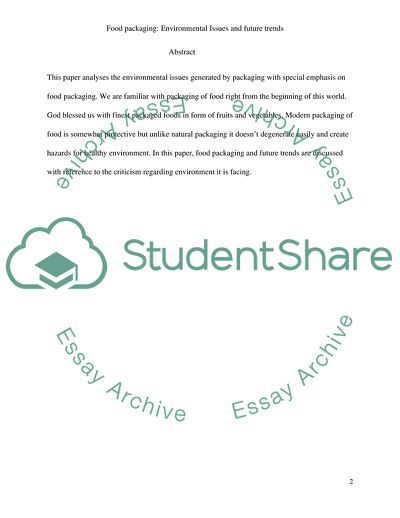Cite this document
(Food Packaging: Environmental Issues and Future Trends Term Paper, n.d.)
Food Packaging: Environmental Issues and Future Trends Term Paper. Retrieved from https://studentshare.org/environmental-studies/1729644-packaging-and-the-environment
Food Packaging: Environmental Issues and Future Trends Term Paper. Retrieved from https://studentshare.org/environmental-studies/1729644-packaging-and-the-environment
(Food Packaging: Environmental Issues and Future Trends Term Paper)
Food Packaging: Environmental Issues and Future Trends Term Paper. https://studentshare.org/environmental-studies/1729644-packaging-and-the-environment.
Food Packaging: Environmental Issues and Future Trends Term Paper. https://studentshare.org/environmental-studies/1729644-packaging-and-the-environment.
“Food Packaging: Environmental Issues and Future Trends Term Paper”. https://studentshare.org/environmental-studies/1729644-packaging-and-the-environment.


